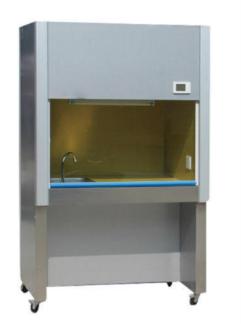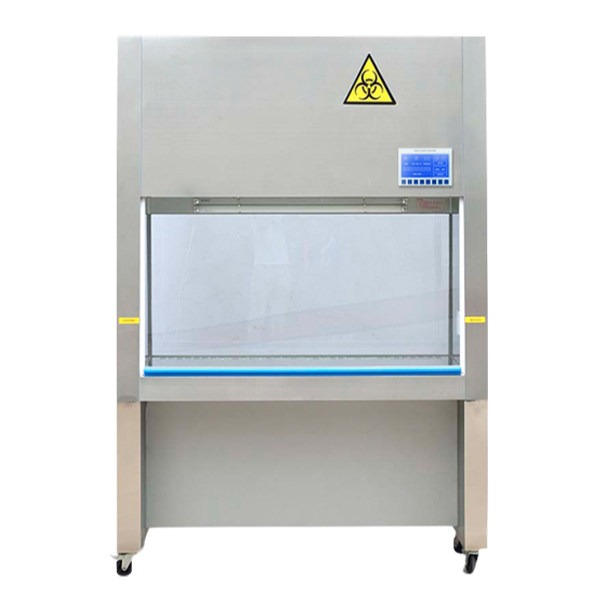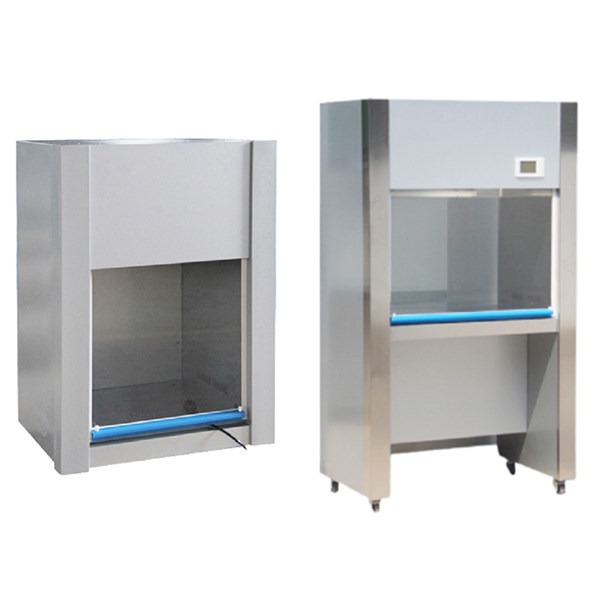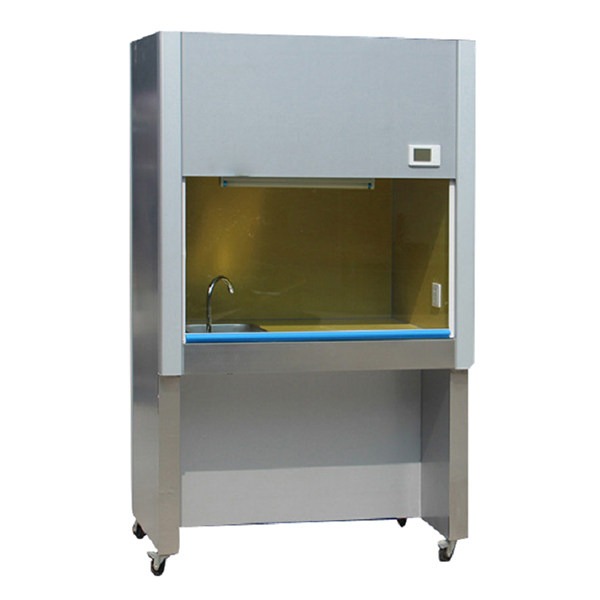The purpose of lab fume hoods is to provide a ventilated, safe and comfortable experimental environment for the laboratory. That is to say, laboratory ventilation is to solve the problems of the physical health and labor safety of experimental operators. At this time, the laboratory must have a sufficient number of lab fume hoods to meet the laboratory ventilation, and the supplementary air of the laboratory is provided by the laboratory air conditioning system.
The Role of Lab Fume Hoods
The function of lab fume hoods is to exhaust. According to the experimental products and experimental area of different laboratories, according to the exhaust air volume, different air volumes and different numbers of lab fume hoods are designed to meet the operational needs of the laboratory. Especially in special laboratories such as chemical testing laboratories and chemical laboratories, because the experimental operation process will produce toxic, harmful, flammable, and explosive gases. To prevent the diffusion of these gases, many laboratory construction companies will arrange lab fume hoods around the pollution sources. Obviously, this kind of operation is a routine operation. With the development of science and technology and the continuous upgrading of lab fume hoods, the fume hoods already have the function of experimental operations, which is to transfer the experiments that are usually performed on the test bench to the fume hood for operation. The lab fume hood is more rigorous and ensures harmful gases can be discharged in a centralized manner to protect the safety of experimental operators. Besides, the operation is more convenient and fast, which is also the main function of the laboratory fume hood.

Functions of Lab Fume Hoods
The lab fume hood has a release function, which can concentrate and dilute the harmful and toxic gases generated in the experiment inside the lab fume hood, and then discharge them outside. This is the release function of lab fume hoods. Will the toxic gas released from the fume hood flow back? This involves another function of the fume hood, the non-backflow function. The gas generated by the experiment inside the lab fume hood is generated by the airflow generated by the exhaust fan, and the harmful gas is not reversed from the inside of the fume hood. It is an indoor function. For this non-backflow function, Drawell has a special operation method for the connection between the lab fume hood and the ventilator. The lab fume hood also has another main function – the isolation function, which is reflected in the glass in front of the ventilation that separates the inside and outside of the fume hood. The lab fume hood also has the function of supplementary function and control of wind speed.
In a brief summary, the main functions of the laboratory fume hood are the release function, non-backflow function, isolation function, wind speed control function, and so on.
1. Release function: It should have a mechanism to absorb the harmful gas generated inside the lab fume hood by absorbing the gas outside the hood, diluting it, and then discharging it outside.
2. Non-backflow function: It should have the function of preventing harmful gas from flowing back into the room from the inside of the fume hood by the airflow generated by the exhaust fan inside the fume hood. In order to ensure the realization of this function, it is the best way to connect a fume hood and a ventilator with a single pipe. It cannot be connected with a single pipe, and it is limited to parallel connections in the same room on the same floor. Installed at the end of the pipe (or at the top of the floor).
3. Isolation function: There should be a non-sliding glass window in front of the fume hood to separate the inside and outside of the fume hood.
4. Supplementary function: there should be a channel or alternative device for sucking air from outside the fume hood when discharging harmful gases.
5. Wind speed control function: In order to prevent harmful gases from escaping in the fume hood, a certain suction speed is required.
6. Heat resistance and acid and alkali corrosion resistance: some fume hoods need to be equipped with electric furnaces, and some experiments produce a large amount of acid and alkali and other toxic and harmful gases, which are extremely corrosive.



